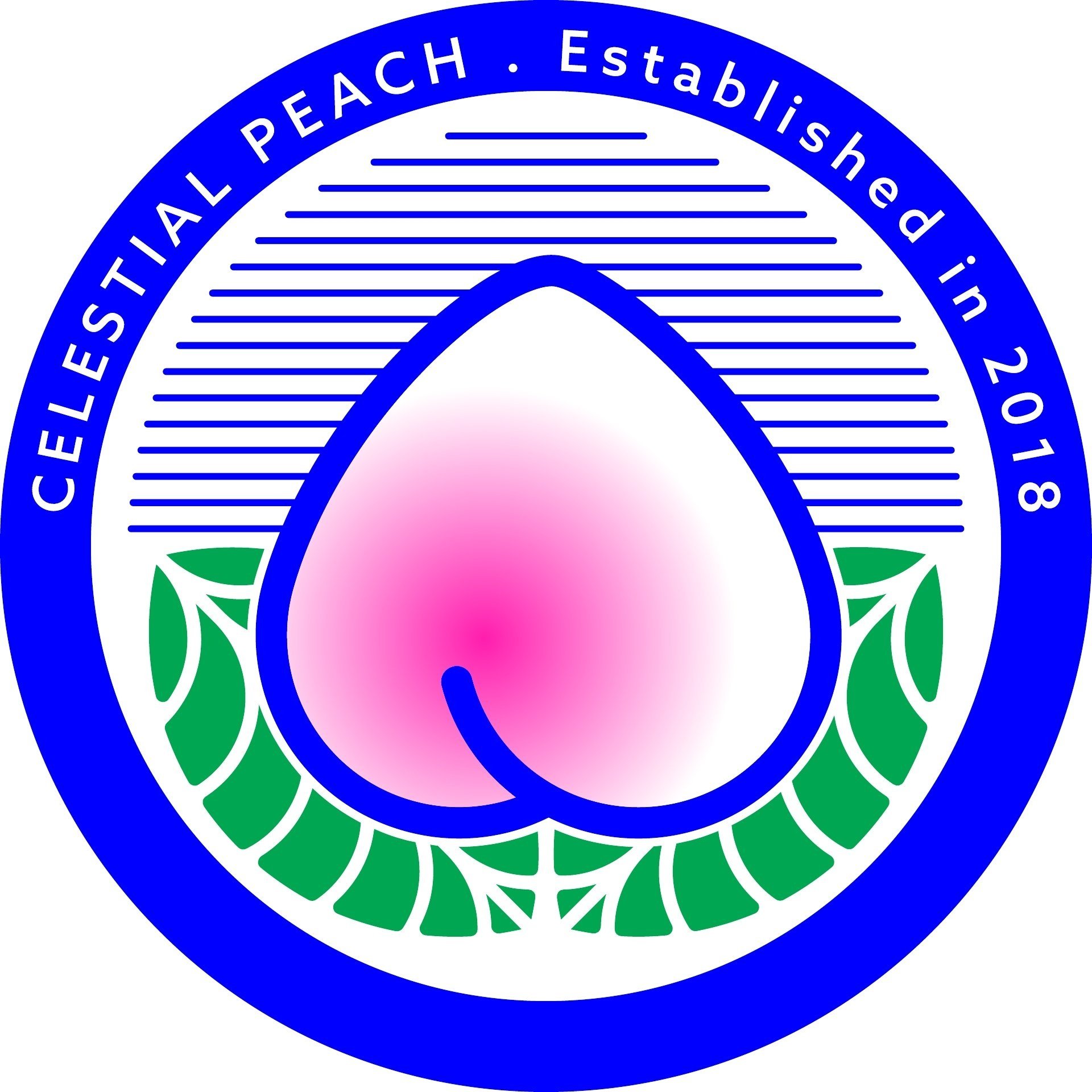The Hidden Meaning in Chinese New Year Foods
Chinese New Year — or the Lunar New Year, to be fully inclusive — is just around the corner, falling on 5th February in 2019. As a British Chinese person it has been fascinating to observe the impact and spread of Chinese culture in the UK. And it is important to caveat that Chinese culture in the UK has a specifically Cantonese accent, due to Diasporic migration patterns over the last two centuries.
As with any immigrant culture, food and religious festivals (especially the fun, colourful ones) are entry level cultural touchpoints that get adopted first — much like the cutest puppy at the pound. Let’s be honest, I don’t see anyone in this country celebrating Jewish Yom Kippur or committing to Ramadan with the same gusto.
I’m all for sharing and recognising this beautiful culture, but I also lament the dilution of subtle — yet important — nuances as mainstream brands savvy up to Chinese New Year. You certainly can’t move in a supermarket aisle for suggestions on how to celebrate this festival. It’s become something of an exoticised exercise in money making (no surprises), with a rather heavy–handed emphasis on red packets, dumplings and not much else. Of course this is not exclusive to the West; Chinese New Year is the main event in the marketing calendar in the East too and a huge revenue driver across all industries. The focus on overt spending can really be quite overwhelming and leaves a vulgar aftertaste.
For all the fanfare surrounding Chinese New Year, it’s important to remember that its true meaning is very touching and bittersweet. At the heart of it is an intimate celebration of the nuclear family, signified by the Reunion Dinner. Did you know that when Chinese people return home for this event, it’s known as the largest annual human migration?
As ever, the hidden meanings can be found in the special foods that we eat and the symbolism that we impart on them, with many of the superstitions based on homonyms and puns. Below I have outlined a breakdown of the dishes and rituals surrounding Chinese New Year, with vegan and vegetarian–friendly suggestions for recipes. Once you have understood the symbolism in these dishes, you have more or less understood the basic tenets of Chinese cultural values!
Whether you are celebrating for the umpteenth or your first time, I hope you manage to spend quality time with your loved ones — and I wish you a very happy Chinese New Year!
The Reunion Dinner
This event is as important to Chinese people as Christmas Day or Thanksgiving in the West. On New Year’s eve, the extended family gather to share a meticulously prepared meal imbued with symbolism and good intentions for the coming year. If a family member cannot make it, a place will still be laid for them.
For Self–purification
One of my hands–down favourite dishes is called Buddha’s Delight. It’s a traditional Buddhist dish, entirely vegan (and free of garlic and onion, as dictated by Buddhist practices). It is served in Chinese households on the first day of the New Year as a form of self–purification.
Buddha’s Delight ‘lo han jai’ (thewoksoflife.com)
For Longevity
Noodles symbolising long life are eaten. But they must not be cut, as that would symbolise the cutting off of a long life.
Rainbow longevity noodles (omnivorescookbook.com)
See also: peaches (of course), leafy greens like mustard greens and pak choi served whole, peanuts.
For Prosperity
Dumplings, while eaten all year round, symbolise wealth for their resemblance to gold ingots. Technically, you are meant to eat dumplings for every meal, every day, for the 15 days of the festival!
Pan fried vegetarian dumplings (redhousespice.com)
See also: Sesame seed balls (hellyeahitsvegan.com), as according to an old saying “as the sesame cakes are rolled, the house is filled with silver and gold”. And lettuce wraps, as the Cantonese word for lettuce (rasamalaysia.com) sounds like “rising fortune”.
For Togetherness
This is my favourite hidden meaning. Glutinous rice balls are eaten as a dessert. Their roundness symbolises completeness and the stickiness symbolises family reunion.
Tang yuan (omnivorescookbook.com)
See also: the Tray of Togetherness, a platter of candies, dried fruit and nuts.
For a Fresh Start
Spring rolls, when fried, look like gold bullion and therefore represent wealth. But historically spring rolls were made on the first day of Spring and filled with fresh vegetables, representing a fresh start to the new year.
Make it healthy with fresh spring rolls (bbcgoodfood.com)
For Good Luck
Oranges, which look like the sun and are associated with the positive yang principle, represent abundance and happiness. Other citrus fruits such as kumquats and pomelos are also favoured, since they generally signify the onset of warmer months.
For Success
Glutinous rice cake in Chinese, nian gao, is a homonym for “higher every year”. There are many regional variations on the same theme, from sweet to savoury.
See also: my own recipe for vegan taro root cake.
For Fertility
Pomegranates, with their many seeds, symbolise the ability to have many children; a very Chinese obsession!
See also: rice, grapes, jujube dates, watermelon seeds — foods that have a lot of anything.







